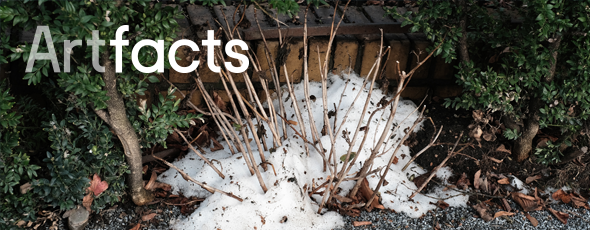
The boundaries of Art
A flurry of outraged fury has rippled around the world this week in response to a call-out for the donation of blood from the First Nations people of countries colonised by Britain for an art piece where a Union Jack would be dipped in their blood, set to be shown at the Arts festival ‘Dark Mofo, which is organised by Mona in Tasmania.

The proposed piece was cancelled on Tuesday after it’s initial announcement 6 days ago, the organisers initially defended the piece but eventually apologised. We wanted to take a closer look at those involved, and ponder the unanswerable question of what the boundaries of art really are.
The Artist
Santiago Sierra
Ranked 6 in Spain and 196 Globally
Controversy is not something new to Sierra, and with such high rankings, it has also been beneficial to his career. Known for focusing on topics of social inequities he often exploits marginalised members of society in the pursuit of addressing these issues- the exploitation considered to be a part of the statement.

From paying heroin addicted prostitutes the price of a dose of heroin to have a line tattooed across their backs in 2000, “160cm Line Tattooed Four People”, to spraying 10 Iraqi’s in hardening foam in 2004, “Polyurethane Sprayed on the Backs of Ten Workers”, to his installation in 2006, 245 Cubic Metres, where a gas chamber was created in a former synagogue in Pulheim, Germany, the works traumatize, but also jolt the viewer into immediate empathy.

In many ways, his action highlights our own inaction or complicity to many injustices.
The Institution
Museum of Old and New Art (Mona)Collection consists of: 20% Female Artists 78% Male Artists.
Opened 2011 in Hobart, Australia, by multi-millionaire gambler David Walsh, Mona is the largest privately funded Museum in the Southern Hemisphere.

The museum is shaped by architecture that magnifies the experience of the art it holds within its walls. The art itself is quirky, dark and fun; not having to respond to the demands of a board of directors affords a clear freedom in the curation.
The work ranges vastly from Australian artist Sidney Nolan‘s spectacular mural, ‘Snake’ (‘70-’72) to ‘Tim’ by Wim Delvoye, where since 2011 a tattooed man, Tim, has sat for nearly 4200hrs in the museum. The museum is unapologetically it’s own and it is described humorously on it’s website as being: “Disneyland, with cocktails, and a few works of quite-good-but-not-amazing Australian modernism” amongst other things.
The tricky thing about Sierra’s works is that he does indeed highlight inequalities that deserve the attention he garners them. He undeniably shocks audiences into focusing on topics they perhaps would have ignored otherwise, potentially coaxing change, which is part of the beauty of what art can do, but at what cost?
Tasmania is where the most horrific Genocide of Aboriginal people was commited, which was part of the reasoning behind the piece. Unfortunately, as they were entirely wiped out, there are no original Aboriginal Tasmanians left to donate their blood for this artwork.
The tightrope traipsed by artists creating controversial work is not an easy one, and neither is that of the institutions collaborating with them, an artwork will always receive mixed reception, that’s the beauty of subjectivity, but perhaps the key in approaching work that highlights those of the marginalised, would involve collaborating with those who have suffered and figuring out a way together to honor them instead.
Let’s make history happen.
The Artfacts Team
